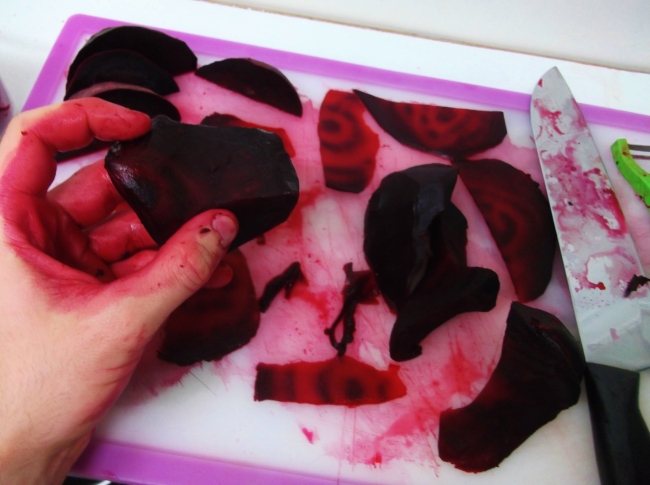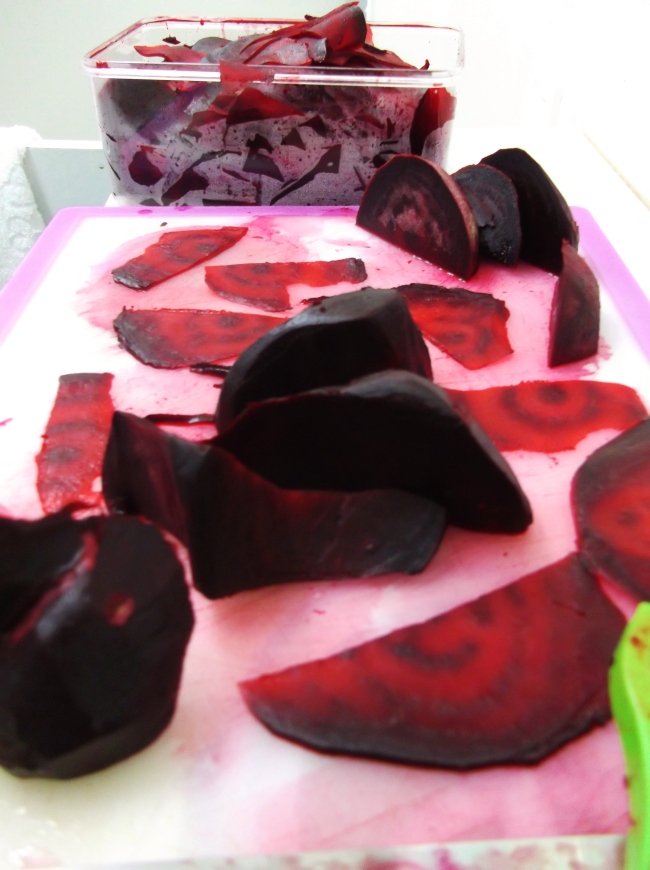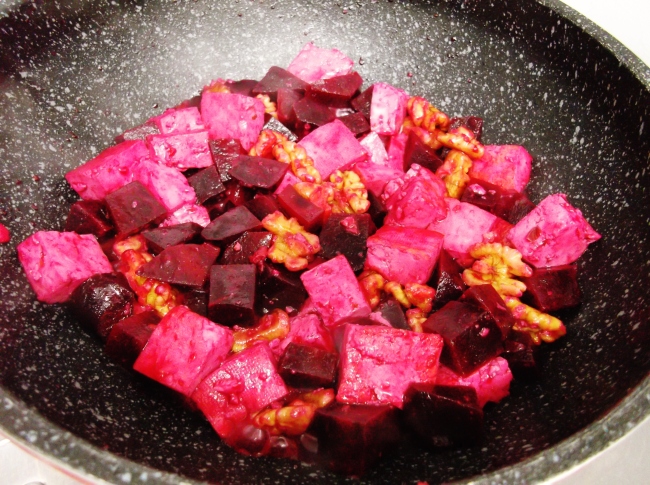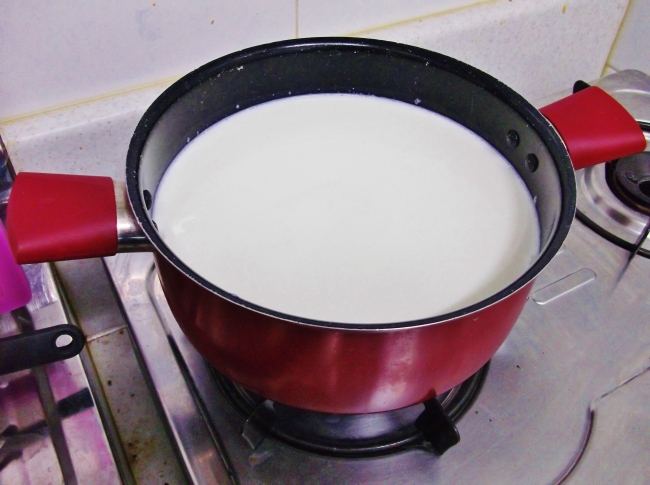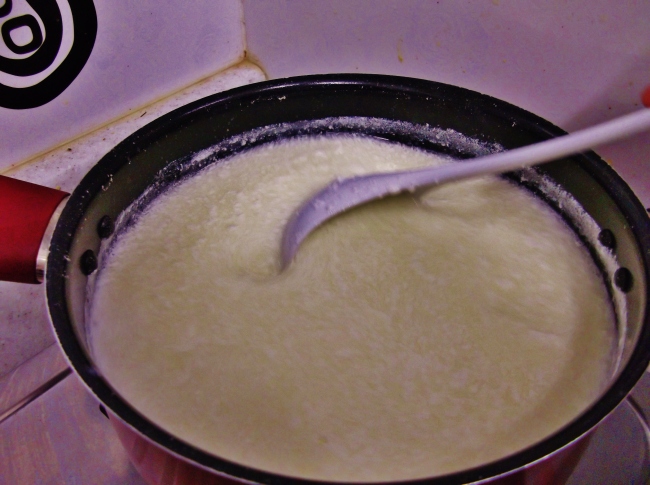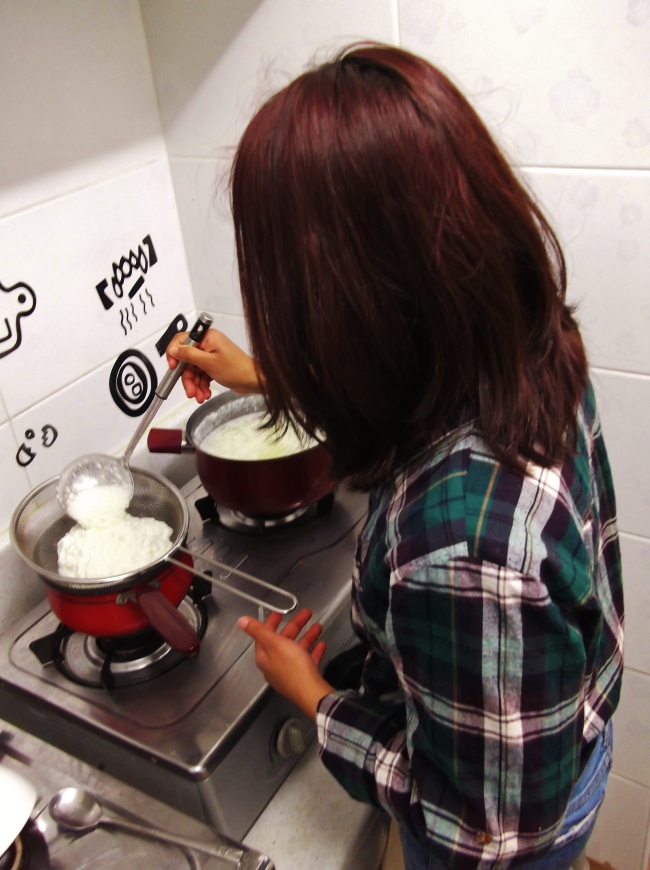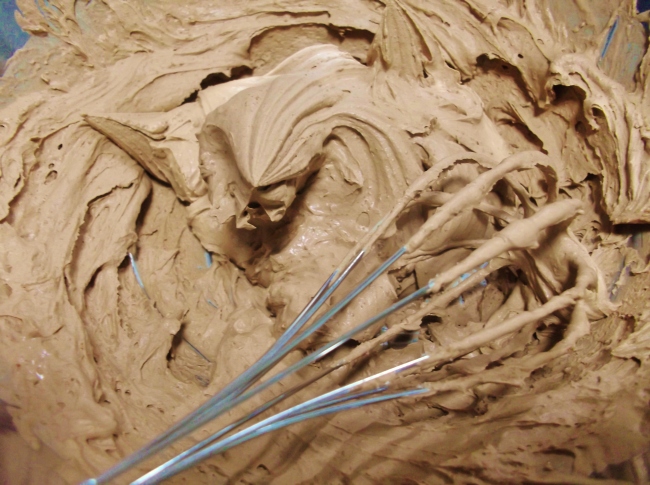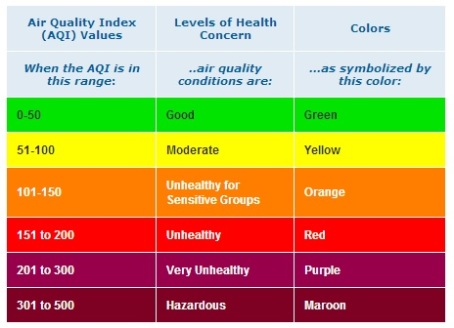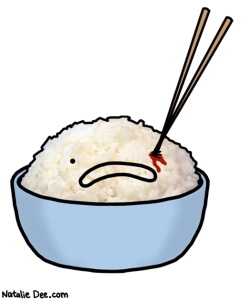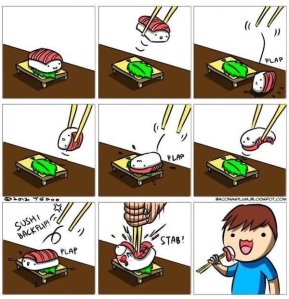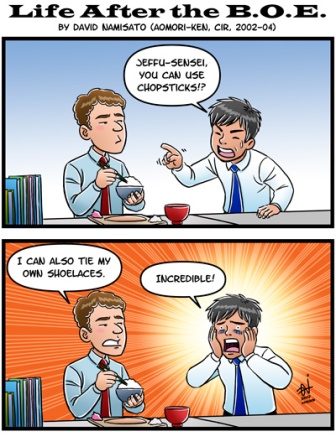Talk about ambition! Chocolate AND cheese!
Thanks to a small series of fantastic gifts – rennet from the states, cacao powder from a departing amiga here, and beets from a co-teacher – these wonderful items wound up on the agenda. I quickly secured a sous chef and got to work. Pro-tip: if, like mine, your kitchen is too small to admit more than one person at once, may I suggest
*Pause the blog writing while I clean up the tea that I just spilled all over… Some things never change! I would say it’s a shame that all those bills got wet, but I don’t have any idea how to read them anyways, so no big loss..*
Where was I?
Oh, yeah, pro-tip. Is your kitchen smaller than your bathroom (see below)? Then choose your sous chef wisely. Mine was around five feet tall, which allows for us to work in the same kitchen by holding our bowls and ingredients at different heights. Just don’t drop anything on her head.
But on to the main course! Between the cheese and chocolate and beets, you’re looking at some combination of two hours consecutively, or less if you have an oven and/or more stovetops to work with. Regardless, you’ll be starting with the rock-solid root vegetable: the beet! Don’t ask me how my co-teacher ended up with beets; she showed up with a large garbage bag full of them one day, and bam! my apartment was immediately full of the delicious scent of simmering beets.
Prepare your beets as you would any root vegetable; my favorite method is roasting, but with no oven available to me, I simmered mine for about fifty minutes. Boiled, simmered, or steamed beets go nicely with the chocolate sauce to come, but roasted beets will make the otherwise too-subtle flavor of the beets really stand on its own.
Slice ’em thin to show off the patterning in traditional sugar beets (or get Chioggia beets next time), but be careful not to get that lovely coloring on your nice new white (insert article of clothing here). My beloved GU Buddhist sweatshirt now looks like I was wearing it when I stabbed someone. As for that matter, so do the walls near my cutting board… maybe I should hang some new posters to hide the evidence…
At any rate, if your beets are soft enough, peel the outer skin off, then slice or cube and set aside some of the meat of the vegetable for the chocolate and cheese.
A good dish to try with the beets as well: tofu stir-fry with cubed beets, walnuts, and lemon juice. Add the lemon juice and some herbs at the end of your stir-fry. Voila! Food for the eyes and for the stomach.
Now that I’ve proven to my mom that I can feed myself a healthy meal all on my own, let’s move on to the next step: Cheese!
Step 1 is to destroy any expectations you may have had about what your cheese is going to look, feel, smell, or taste like. Because it’s not going to. In an ideal situation, you have a large kitchen with very large pots and long-stemmed thermometers, and you can go to the market and buy unpasteurized milk and citric acid.
You are a foreigner in Korea, so none of these things is true for your life and your cheese-making capacities. But do not be afraid! Just because your cheese is a little different does not mean it’s not delicious or otherwise worth it. If you’re using pasteurized milk, you’ll just have to heat the milk a little longer (okay, actually a lot longer), and the curds won’t come together as smoothly. You’re then looking more at a ricotta-ish cheese than a mozzarella.
If you can’t find citric acid here (시트르산), just throw in some vinegar, you’ll be fine.
Everyone’s cheese recipe is a little different but pretty similar. Start by adding a bunch of milk to your largest pot. I say “a bunch of” because converting American measurements to international measurements on top of having a language barrier, well, it’s just too much for my wee little brain. Probably you are looking at somewhere between two and three liters of milk here:
Throw in 1/4 cup of your acid, mix, and gently heat to 95 Fahreinheit degrees (low 30 degrees Celsius). Meanwhile, mix 1/2 tablet of rennet with a cup of water. Store the rest of the rennet in the freezer. Add the rennet to the 95-degree milk, and stir smoothly, slowly for thirty seconds while continuing to heat the mixture to 105 Fahreinheit.
At this point, your cheese recipe probably diverges from mine, or any others you might find on the internet. Also, I didn’t even follow my own directions particularly well, so take all this with a grain of salt. Or don’t. Salt was not part of any recipe that I found.
With unpasteurized milk, you should be able to turn off the gas and let your pot sit, covered, for five minutes, and voila! Custardy curds already. With pasteurization, the time can take significantly longer (my rennet tablets’ instructions said up to 45 minutes at the same low heat, but my sous chef and I became impatient and only waited around half that time). In either case, the curds should have started to separate from the whey by the time you are done mixing and have covered the pot (pic edited so you can see more clearly):
Ready to unveil? If you’ve achieved separation – for the ideal case, you have a layer of scoop-able, grabbable custard floating on top of the yellowish whey; for my case, I had more like a soup of curds floating around – you have now reached the “scoop-and-squeeze” part of the evening.
Scoop!
Then drain and squeeze. Obviously we all practice grand hygiene, so go ahead and smoosh the cheese with your fingers.
Next, put the cheese through two or three cycles of microwave heating, then more squeezing, getting as much of the whey out of the cheese as you can.
The end product? Cheese! Actual cheese! A small amount of actual cheese!
Look at it. LOOK AT IT!
Okay, stop looking. We have chocolate to make.
Actually, scratch that. This chocolate recipe is a crime against humanity, and I felt mildly guilty serving it to my co-teachers the following day. Nothing that involves corn syrup deserves any place in the sun.
Let’s go with the chocolate mousse instead, not that this is really that much healthier. In a large mixing bowl, whisk a pint or so of whipping cream (생크림) with half a cup of cacao powder, and sugar to taste (probably around a third to a half a cup). Whisk and whisk and whisk and whisk and suddenly POOF! You have mousse. Delicious.
Evidently I got tired of whisking while holding the bowl over my sous chef’s head, so I moved out here to the floor of my room…
You’ve worked hard. Time to sit back and dip those chopsticks into some delicious chocolatey goodness.
And no, I have no idea what the animal on my silverware is. Pikachu maybe? ㅎㅎㅎㅎㅎ

